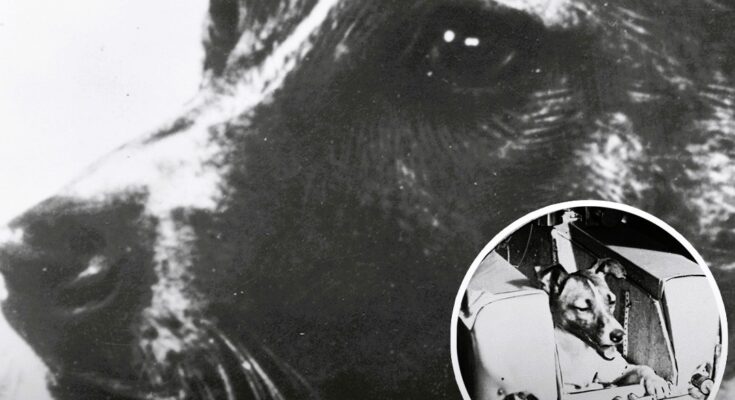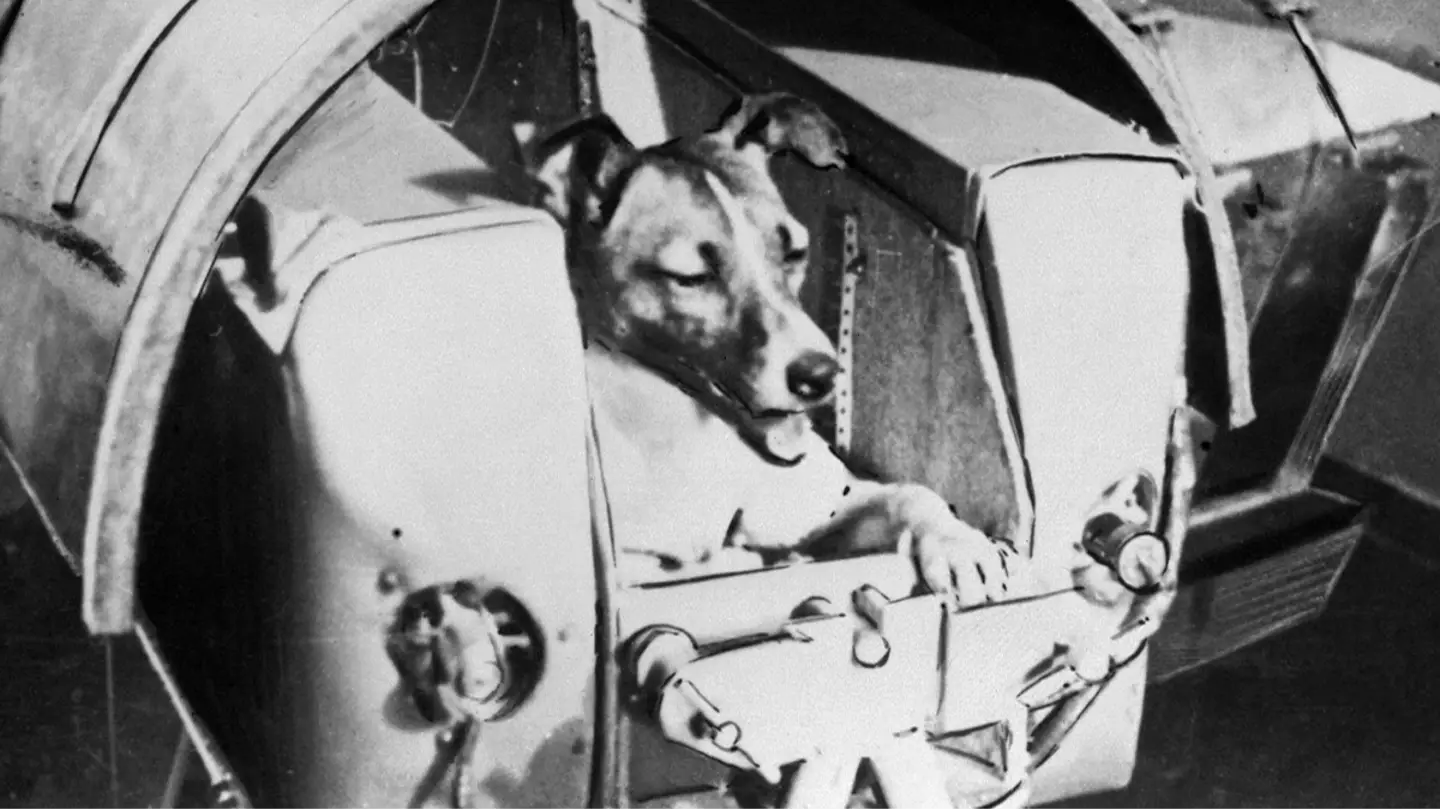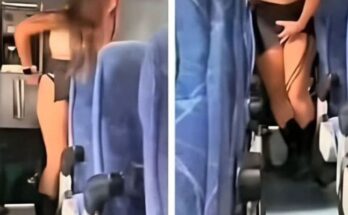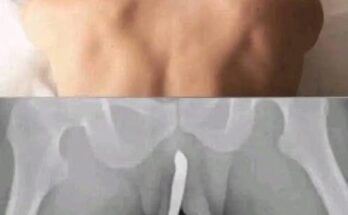It’s almost been seventy years since Laika the space dog was sent to orbit the Earth on a tragically designed one-way trip.
A friendly stray captured on the streets of Russia, Laika was thought to be around three-years-old when scientists declared her the perfect test animal for their space-based plans.
The idea was that the terrier mix – whose original name was Kudryavka – would be launched into the atmosphere to help inform whether humans would survive an exploration attempt.
The young pooch was praised for her nice nature and was forced to embark on weeks of space training – this included getting her used to sitting in small crates, cages and living in tiny confined spaces.
Eventually, experts deemed Laika ready for her maiden voyage into space, strapping her into Russia’s Sputnik 2 container on November 3, 1957.

The friendly terrier-mix was just three-years-old and living on the streets of Russia (Sovfoto/Universal Images Group via Getty Images)
Speaking about the canine’s final moments on Earth, Engineer Yevgeniy Shabarov said: “After placing Laika in the container and before closing the hatch, we kissed her nose and wished her bon voyage, knowing that she would not survive the flight.”
After hours of being inside the holding container, the dog was lifted to the top of the rocket around an hour before midnight as it blasted off.
It’s understood the tiny animal’s pulse rate tripled during takeoff and only began to come down during weightlessness. She also suffered stress and was reportedly agitated during the flight.
Laika, who is immortalised in the history books as the first-ever animal to orbit space, was sent up to show whether or not a living organism could survive the dramatic impact of being launched into orbit.
Unfortunately, Laika only survived for the first five to seven hours of the mission.

Laika is thought to have died just five hours into the experiment (Keystone/Getty Images)
On April 14, 1968, Laika’s remains re-entered the Earth’s atmosphere where they disintegrated after 162 days in orbit.
The Soviet Union gave conflicting causes of death for years, claiming everything from suffocation to a failure of the central R‑7 sustainer to separate from the payload.
But in October 2002, one of the specialists who worked on sending her up in space confirmed the real cause of her death.
Dimitri Malashenkov confirmed that Laika had died from overheating and panic by the flight’s fourth orbit.
“It turned out that it was practically impossible to create a reliable temperature control system in such limited time constraints,” Malashenkov explained in a paper presented to the World Space Congress.

Despite Laika not surviving the journey, the mission was considered a win for the Soviet Union (Universal History Archive/Universal Images Group via Getty Images)
Tragically, scientists knew Laika would have died either way around 10 days in due to lack of oxygen.
Despite the dog dying so quickly in the experiment, Sputnik 2 was classed as a win for the Soviet Union.
After sending Laika into space, the Soviet Union proceeded to send dogs Belka and Strelka in August 1960, who are remembered as the first animals to return to Earth alive.
Since then, everything from pig-tailed monkeys to tortoises, cats and even worms have been to space in the name of knowledge advancement.




